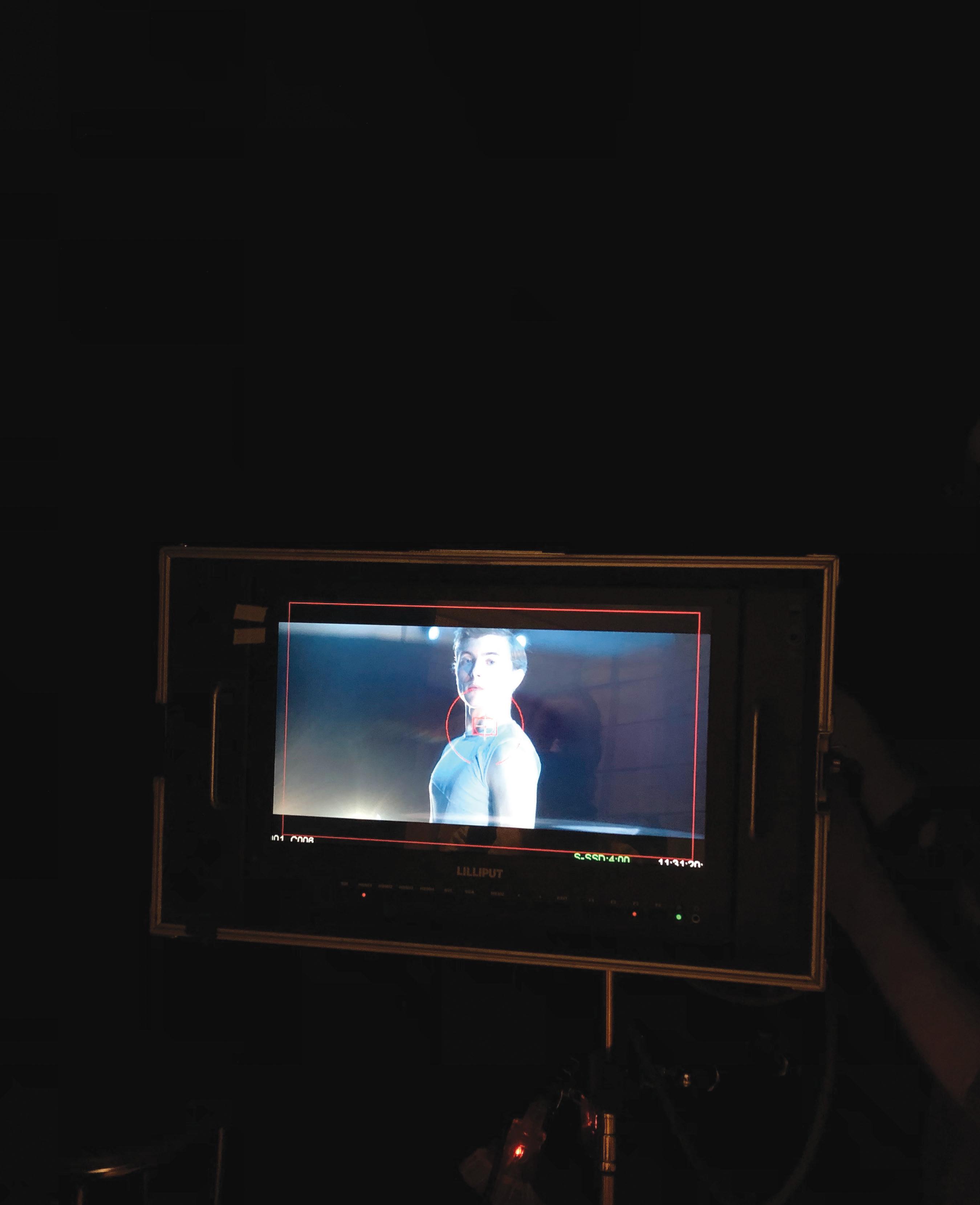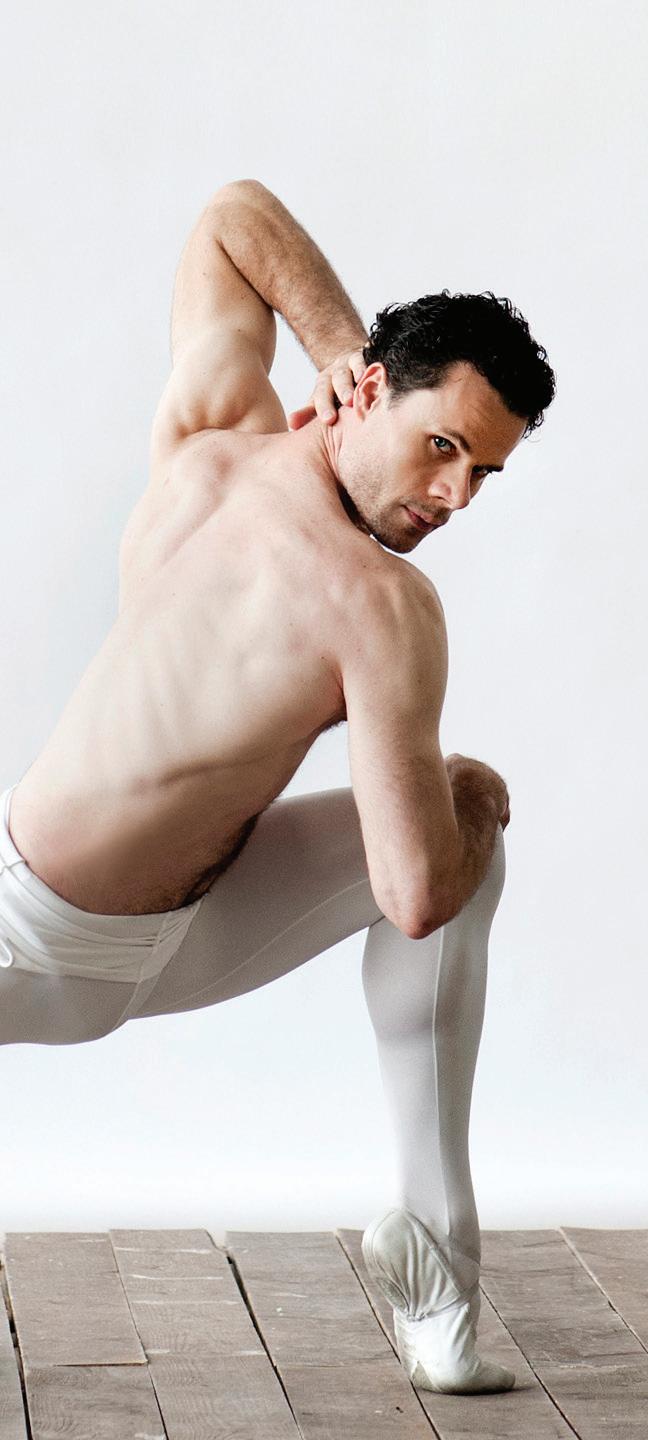Together, we can support and protect our artists.
Dancer Spotlight: Piotr Stanczyk COVID-19 has had a significant impact on daily life. How are you coping? The adjustment for me was quite difficult, but it was not the first lockdown in March that had the greatest impact. It was more the unknown of, how long is this going to last? How long am I going to be immobile without performing on stage? This really shocked me, especially in April and May. Those two months were among the most difficult in my life. I’ve been a dancer for almost 30 years now (22 years with the company and 7 in school) so it was very hard to deal with the lack of space and freedom of movement we enjoy daily in our studios. In July, after realizing that COVID-19 will stay with us for a while, I made changes. My dining room became my new studio, I purchased new gym equipment and I started a regular daily routine: ballet class, running and biking. As I started teaching ballet classes more often at the company in recent years, I realized that this time at home can be very useful to study the structures, musicality and dynamics necessary to give dancers the best possible training. This occupied most of my time. The biggest challenge at the moment is motivation. It’s exceptionally hard to keep working with this much uncertainty. Dancing takes a huge toll on our bodies. We are willing to sacrifice a lot so we can perform for live audiences, but it’s impossible to keep ourselves at the peak of our abilities for months without end. Right now, I’m thankful to have Piotr Stanczyk. Photo by Sian Richards.
8
a new project to keep me creative and engaged. I’m collaborating with Choreographic Associate Alysa Pires on a new solo work for Spotlight Series called in a state of vanishing. The National Ballet of Canada is staying connected with audiences with virtual programming, and provided online access to James Kudelka’s The Nutcracker through Cineplex last December. You performed the lead role of Peter in that show. What was it like to see yourself on the big screen? Given our current situation our only option is to watch art on screen. It makes me proud to see the whole company performing at this level and I’m thankful to James Kudelka for creating this masterpiece. Without a doubt, this is the best Nutcracker in the world. But the screen is limited in its ability to deliver art. It is so far from the experience of live performance, when we sit in big theatres feeding our souls with something special. I believe that when the pandemic is over society will realize how important art is. I’m very self-critical and striving for perfection was something that I was taught very early on. In ballet, you strive for perfection every day knowing you will never arrive there. So, you could say I was pleased with my performance but not entirely happy with my dancing.
Donors are supporting the company’s virtual season through the Together for Ballet campaign. How has the pandemic underscored the importance of philanthropy in the arts? We can really see the importance of private support when we look at ballet and opera through history. Originally, ballet was financed and supported by royal and noble families of Europe, starting in Italy and France in the 17th century, and then spreading to other countries of the continent, all the way to the early 20th century. Thanks to them and their commitment and resources, we have arrived here today. Our donors today are the modern equivalent of those families of the past. There are far more of them and they come from all walks of life, but they are no less vital. Thanks to them our company can work through this very difficult period. I’m not sure if there was a time in modern history when the arts needed philanthropy more than right now. I want to personally thank them all for supporting us and believing that there is a future for our art.












